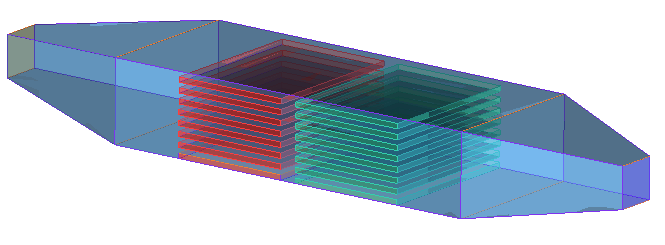
Abstract
The post-harvest losses of agricultural as well as marine products can be reduced drastically by using proper drying techniques. The use of solar energy for this purpose has a wide scope. India receives an enormous amount of solar energy : on an average around 5 kWh/m2 per day for over 300 days in a year. This can be efficiently used for drying agricultural and marine products before their safe storage. Solar drying of agricultural products in enclosed structures by forced convection is an attractive way of reducing post-harvest losses and low quality of dried products associated with traditional open sun-drying methods.
A solar cabinet dryer includes: (i) a mechanism to heat the ambient air, (ii) a drying unit where the moisture removal takes place, and (iii) an air handling unit. The present case considered a small scale solar cabinet dryer, used for drying of agricultural and marine products which was analyzed for its flow distribution using CFD. In this SCD, the ambient air after being heated by a solar collector of size 20 sq. meters is forced by a centrifugal pump through an air channel located on the right side of the cabinet. However, non-uniform drying of the product was observed. The term 'non-uniformity of drying' refers to the uneven drying of material at various locations in a dryer. Since the drying rate is a strong function of the air flow rate, a lack of flow homogeneity often contributes as the main factor for the malfunctioning of commercial scale dryers. Thus, it was of primary importance to know the air flow pattern in the drying cabinet in order to study the areas of adequate or inadequate air velocities, which respectively lead to uneven drying. This was intended to be verified and fixed using virtual prototyping.
Want to know more about this work ?




